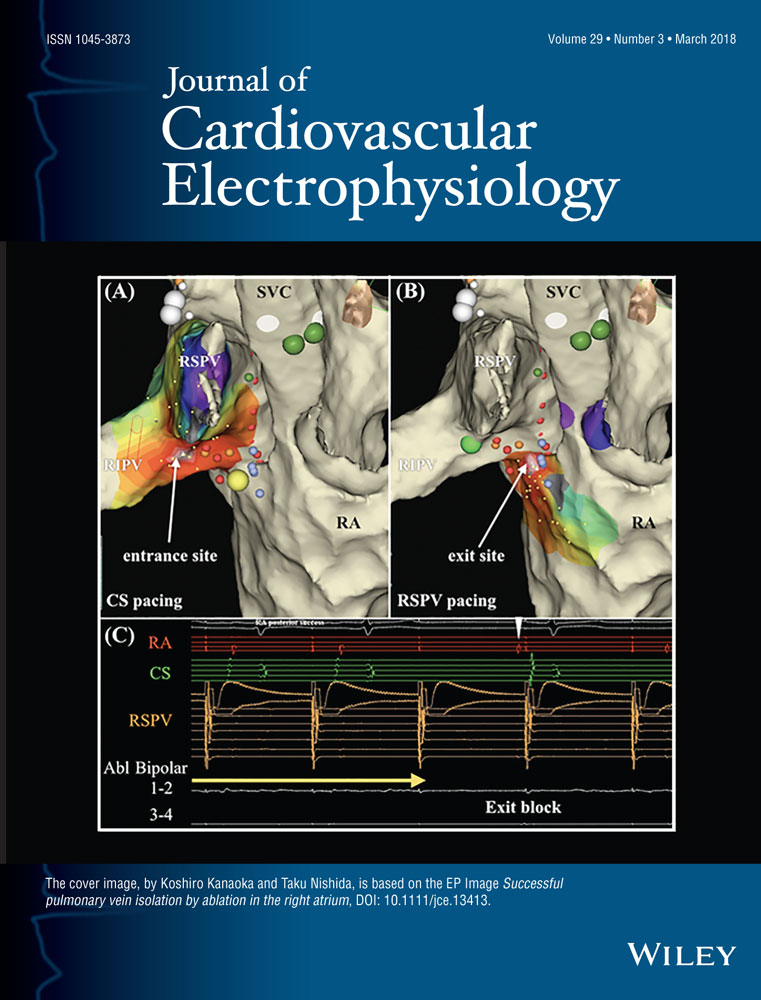Validation of a novel mapping system and utility for mapping complex atrial tachycardias
A Project Grant from the British Heart Foundation (PG/16/10/32016) funded this work.
Disclosures: Prof. Schilling has received speaker fees, travel grants, and research grants from Biosense Webster. Dr. Hunter has received travel grants for the purposes of attending conferences from Biosense Webster. Other authors: No disclosures.
Abstract
Introduction
This study sought to validate a novel wavefront mapping system utilizing whole-chamber basket catheters (CARTOFINDER, Biosense Webster). The system was validated in terms of (1) mapping atrial-paced beats and (2) mapping complex wavefront patterns in atrial tachycardia (AT).
Methods and results
Patients undergoing catheter ablation for AT and persistent AF were included. A 64-pole-basket catheter was used to acquire unipolar signals that were processed by CARTOFINDER mapping system to generate dynamic wavefront propagation maps. The left atrium was paced from four sites to demonstrate focal activation. ATs were mapped with the mechanism confirmed by conventional mapping, entrainment, and response to ablation.
Twenty-two patients were included in the study (16 with AT and 6 with AF initially who terminated to AT during ablation). In total, 172 maps were created with the mapping system. It correctly identified atrial-pacing sites in all paced maps. It accurately mapped 9 focal/microreentrant and 18 macroreentrant ATs both in the left and right atrium. A third and fourth observer independently identified the sites of atrial pacing and the AT mechanism from the CARTOFINDER maps, while being blinded to the conventional activation maps.
Conclusions
This novel mapping system was effectively validated by mapping focal activation patterns from atrial-paced beats. The system was also effective in mapping complex wavefront patterns in a range of ATs in patients with scarred atria. The system may therefore be of practical use in the mapping and ablation of AT and could have potential for mapping wavefront activations in AF.




